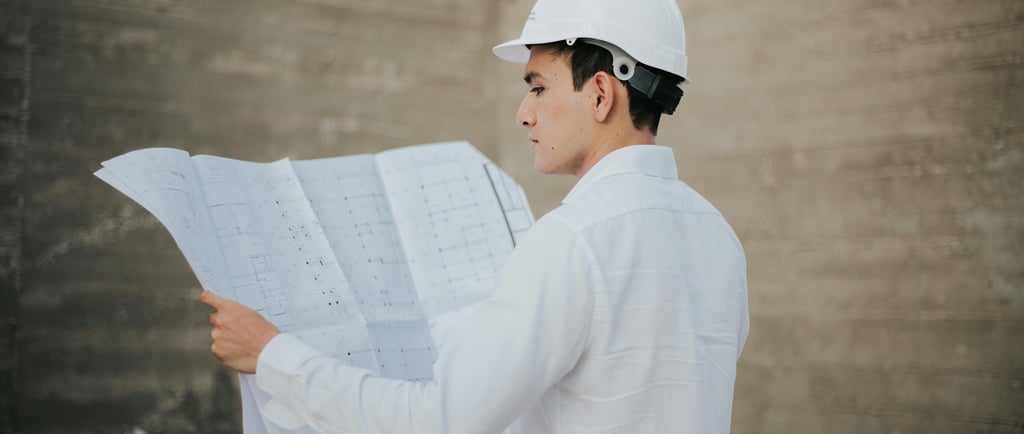Innovative Applications of Sinoflexistone in Modern Architecture and Interior Design


As the world moves towards greener and more efficient building practices, sinoflexistone (soft stone) is transforming the landscape of architectural and interior design. Here’s how this cutting-edge material is being used to create stunning, sustainable spaces.
What Makes Sinoflexistone Unique?
Sinoflexistone is produced by combining selected mineral powders with high-performance polymers and reinforcing fibers. The result is a thin, lightweight, yet durable panel that can be shaped, bent, and installed with ease. Its surface can authentically replicate natural stone, rammed earth, wood grain, and more—offering limitless creative possibilities.
Key Benefits for Architects and Designers
Versatile Design: Flexible stone panels can be customized to match any texture or color, making them perfect for bespoke design projects.
Easy Installation: Panels can be cut, joined, and adhered to various substrates without heavy machinery, reducing both time and cost.
Eco-Conscious Choice: Manufactured with low energy consumption and recyclable materials, flexible stone supports sustainable building goals.
Popular Applications
Interior Wall Decoration
Flexible stone brings natural elegance and warmth to living rooms, bedrooms, hotel lobbies, and office spaces. Its lightweight nature allows for installation on existing walls, making it ideal for renovations.Exterior Façade Renovation
Thanks to its flexibility and weather resistance, flexible stone is widely used for upgrading old building exteriors. It can be applied directly over existing façades, minimizing construction waste and disruption.Creative Architectural Features
The ability to bend and shape flexible stone panels enables the realization of curved walls, columns, and other complex architectural elements that are difficult to achieve with traditional materials.Public Spaces and Green Buildings
Hospitals, schools, and commercial centers are increasingly adopting flexible stone for its safety, durability, and eco-friendly profile.
Installation Process
The installation of flexible stone is straightforward:
Surface preparation
Cutting and shaping the panel
Applying adhesive
Positioning and securing the panel
Optional reinforcement and cleaning
This process is much faster and less labor-intensive than traditional tile or stone installation.
Conclusion
With its combination of lightweight construction, design flexibility, and sustainability, flexible stone is paving the way for innovative and eco-friendly architecture. Whether you’re renovating a historic building or designing a modern masterpiece, sinoflexistone is a smart, stylish, and responsible choice.
About Us
As a new brand under HomevipoTech HK, Sinoflexistone is specializing in soft stone production.The state-of-the-art Sinoflexistone factory, strategically located in Zhaoqing City, covers a sprawling area of 120,000 square meters and is repurposed from an existing ceramic manufacturing facility. With plans to establish 12 advanced soft stone production lines, the factory aims to become the largest and most sophisticated soft stone manufacturing base in South China, solidifying Homevipotech’s position as a leader in innovative building materials.
Contact sophie
Any inquiry
info@sinoflexistone.com
+86 18688226660/18928543384
© 2025. All rights reserved.




